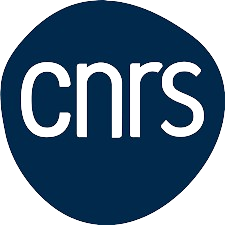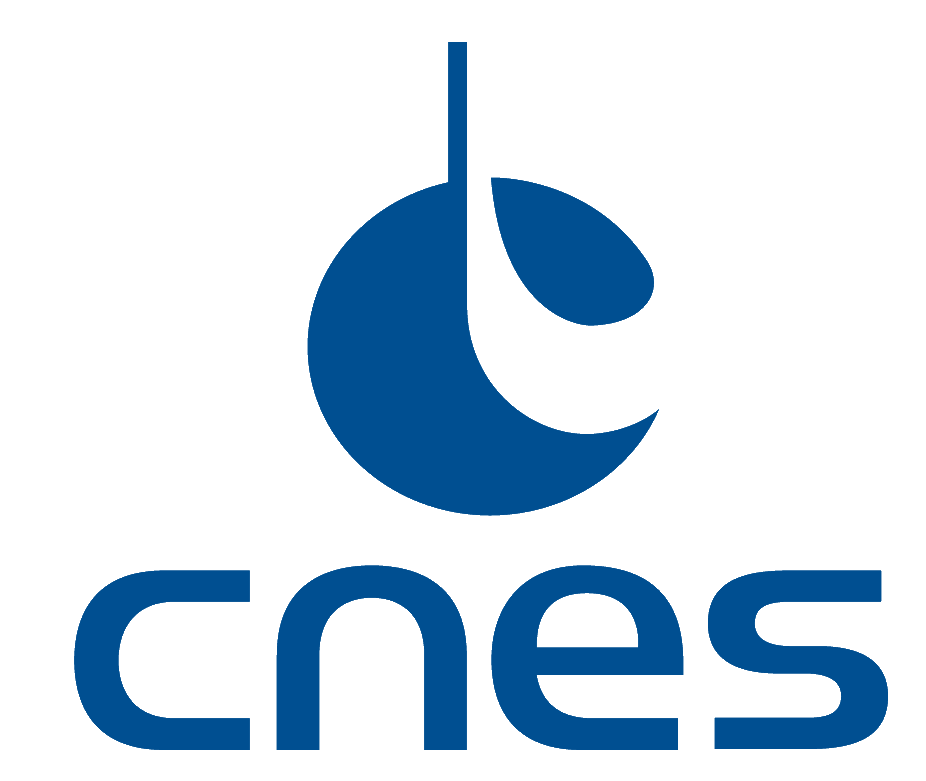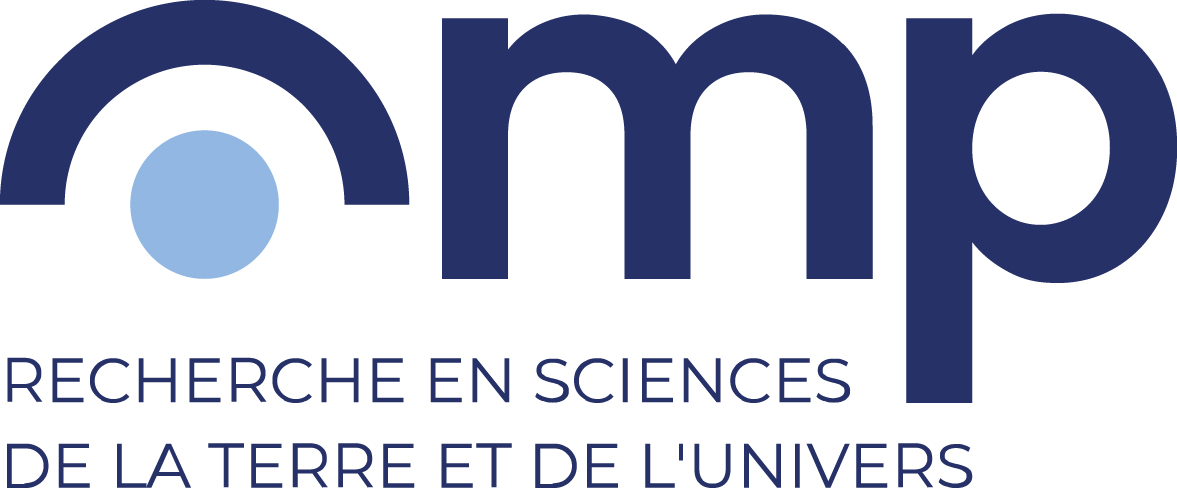Workshop on Planetary Volcanism and Mantle Dynamics Observatoire Midi-Pyrénées, 29th – 30th March, 2012
The magmatic activity of solid planets is the surface expression of heat loss from mantle conversion and heat gain from radiogenic elements. This view has motivated the reconstruction of the thermal evolution of the Earth and more recently of the other solid planets. Geophysical approaches (heat flow measurements, or indirect estimates of heat flow from the elastic thickness of the lithosphere), numerical models of mantle dynamics, and petrological/geochemical analyses provide different insights into planetary evolution. The proposed workshop is aimed at stimulating exchanges between these various fields of research. In details, the following topics will be covered:
- Magma ocean crystallization and consequences
- Modeling of mantle dynamics, thermal evolution constrained by paleo-heat flows
- Ancient (archean) volcanism on the Earth, dyke swarms
- Igneous mineralogy of Mars, magmatic processes and links with thermal evolution
- Magnetic anomalies on Mars
- Morphology of volcanic landforms, rheology of lava flows, explosive volcanism
- Magmatism on minor planets
A particular focus will be given to Mars which exposes a 4 billions year long record of magmatic rocks. The workshop is held in Toulouse, Observatoire Midi-Pyrénées. Each 20’ oral presentation will be followed by 10’ for questions/discussions. A couple of time slots are scheduled in the program to encourage further exchanges among the participants.
Image:Cerro Galande, l’une des caldéras les plus grandes du monde située à une altitude moyenne de 4500 m.
Photo: David Baratoux
Link: http://www.obs-mip.fr/pvolc/index.php
CONTACT : David Baratoux (IRAP), david.baratoux@irap.omp.eu
Date : 29/03/20122012/03/29







